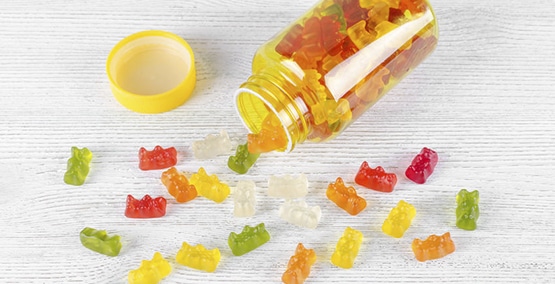
Tips for keeping a food diary
Food diaries provide valuable information for your doctor or dietitian. An accurate diary offers insight into your child's eating habits that are important to his care. A Food Diary or Journal can help identify foods that are causing problems and if your child is getting adequate nutrition for growth.

- Tips for Keeping the Diary
- For a food diary to be helpful, it must be very detailed.
- List everything your child eats AND drinks for three days (including water).
- Include the amount he actually eats
- If your child's diet changes daily, keep a record for five days.
- Carefully note the time he eats and when the symptoms occur
- Include brand names, and how the food was prepared (baked, cooked in grapeseed oil, breaded)
- If he or she eats a mixed food, list the ingredients and amounts (if it's rice and beans, how much of each).
Common Mistakes to Avoid:
- Using "bites" and "handfuls" to describe amounts. Instead, describe the size of the bite or handful with measurements such as teaspoon, tablespoon, or ¼ cup.
- Not detailed enough. For example, "milk". We need to know what kind of milk and if there were any flavorings added.
- Only documenting "fruit" or "veggie", especially when reporting snacks eaten at school.
- If you are worried about weight loss or weight gain, include calories. Find calories on the nutrition facts panel on packaged foods or go to What's in your food and how much do you need? on our Tool page. If you eat at restaurants, go to Grocery items and restaurant foods on the same Tool page.
- Nutrients are listed according to the serving size. If the serving size is different than the amount your child eats, you can adjust it. For example, the serving size for whole milk on the nutrition label is 1 cup but your child only drank 1/2 cup, simply divide the calories in half.
- The nutrition facts panel also provides nutrients per serving for protein, fat, cholesterol, fiber, carbohydrates, calcium, vitamin D, iron and potassium. If you are concerned about any of these nutrients, add it to your diary in one of the other columns.
- Become a detective to figure out which food or foods could be causing problems. Use one of the columns to track time of day, and another column to list how your child felt after eating certain foods. Keeping track of the food, amount eaten, time of day and any reaction will help identify suspected foods.
- Print the pages of your diary to take to your doctor or a dietitian.
Incorrect Sample:
| Time | Amount | Detailed Food Description | Calories | Other |
| 8:00 | Sippy cup | Milk with cream | ||
| Bowl | Oatmeal | |||
| 10:30 | Cup | Yogurt | ||
| 1:00 | 1 cup | Mashed potatoes, chicken, peas |
Correct Example:
| Time | Amount | Detailed Food Description | Calories | |
| 8:00 | 4 oz | Whole milk | 75 | |
| 1 Tbsp | Heavy cream | 50 | ||
| ½ cup | Quaker instant oatmeal- low sugar maple and brown sugar prepared with 3 oz whole milk and 1 Tbsp butter | 11056100 | ||
| 10:30 | 4 oz | Yoplait light blueberry yogurt | 90 | |
| 1:00 | 2 oz | Grilled chicken | 80 | |
| ½ cup | Peas | 60 | ||
| ½ cup | Mashed potatoes with 1 tsp butter | 11033 |
For Your Convenience, use our easy-to-use 3-day diet record.




